We were raised on a farm and grew up in a big family, parents, brothers, and sisters with lots of extended family, aunts, uncles and cousins. We have fond memories of the farm and most surround the freedom of being a kid in the country. Today, they would call us ‘free range children’. Back then it was simply freedom to us. We had rules and chores (responsibilities) of course, but there was always time to explore and play.
The barn was always a special place with a variety of activities and smells like fresh cut hay, grain, and animals. When you grow up on a farm you learn the unique smells of animals and the value each animal produced. As kids, we grew up being educated by the animals, we learned about life and death and living freely and honestly. The barn was where the animals lived and we loved being around them and playing in the barn. We would play games such as cowboys and Indians or hide and seek. On rare occasions, we would be allowed to break bales of straw and jump into it from the loft having a soft cushiony landing. Retired, we now own property in Arkansas and have come back to our roots and couldn’t be happier being back in the country. This area has many old barns, some are abandoned and some are still in use. Northwest Arkansas locals may recognize many of the barns featured here. I hope they take pride in the structures like we do.
Barns are fascinating structures that have long been essential to rural life and agriculture. Let’s look into an overview of old barns, including their architectural design, cultural value, and history. Exploring American farmer barns provides a glimpse into the rich history of agriculture in the United States and the cultural significance of these iconic structures. Early barns were often small and made of wood or thatch. As agricultural practices advanced, barns became larger and more specialized.
These barns, which are frequently connected to rural areas and family farms, were essential to the survival of agricultural civilization whose primary source of income was from growing crops and managing livestock. In a community like this, the value of agriculture, farming, and rearing livestock—such as cattle, pigs, and poultry—as well as dairy cattle for milk and milk products, are highly valued.
American farmer barns have the following important features: 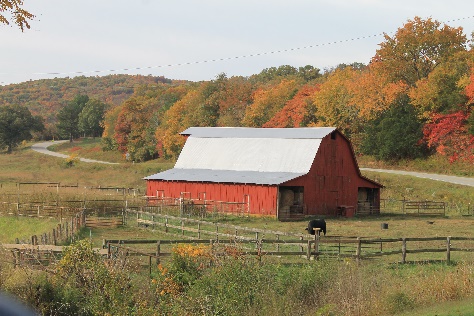
1. Classic Red Barns:
The image of a red barn is synonymous with rural America. Due to the abundance of iron oxide, or rust, which was a byproduct of making steel, American farmers frequently painted their barns red. This cheap, easily accessible material helped to maintain the barn by giving the wood a protective layer. In American rural architecture, the color red grew to be seen as traditional and as a cultural symbol.
2. Bank Barns:
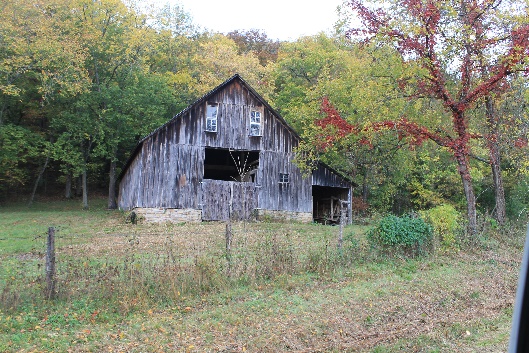 Bank Barns or Hillside Barns were built on hillsides to take advantage of elevations for convenient access to both upper and lower levels. The lower level was often designed to accommodate various types of livestock, including cows, horses, pigs, and chickens while the upper level served as a hayloft and/or storage space. The loft areas were crucial for storing hay and grain harvested during the growing season and provided additional workspace for various farm activities.
Bank Barns or Hillside Barns were built on hillsides to take advantage of elevations for convenient access to both upper and lower levels. The lower level was often designed to accommodate various types of livestock, including cows, horses, pigs, and chickens while the upper level served as a hayloft and/or storage space. The loft areas were crucial for storing hay and grain harvested during the growing season and provided additional workspace for various farm activities.
3. Round Barns:
Less common but distinctive, round barns were designed for efficiency in feeding and milking cattle. The round barn was built for dairy cows and not as usual for other types of agriculture. Their popularity ended in the 1920s.

This Photo by Unknown Author is licensed under CC BY-NC-ND
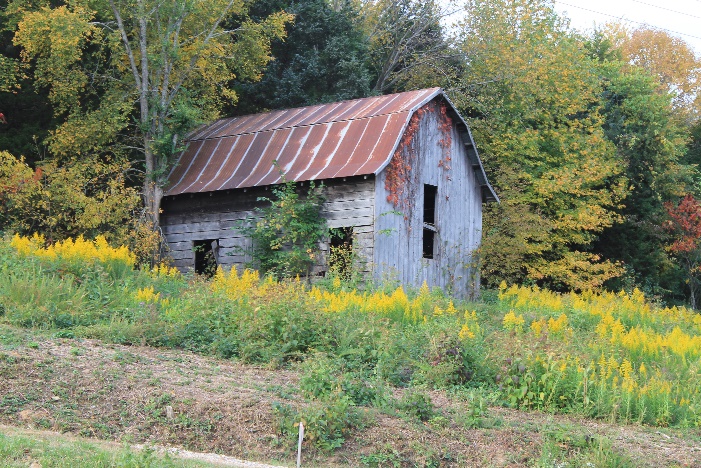
4. Gambrel Roofs:
Gambrel roofs have a distinctive design and are categorized by two-sided slopes on each side and were frequently used in American farmer barns. The upper slope is located at a shallow angle and the lower slope was much steeper. This design increased storage capacity in the loft and allowed for more headspace. These barns originated in the Netherlands and were brought to America by Dutch settlers.
5. Cupolas and Ventilation:
Many barns featured cupolas, not just for aesthetic reasons, but also to provide ventilation. The cupolas helped regulate temperature and prevent mold growth in the hayloft. It also eliminated heat in the hay which could spontaneously combust.
A cupola is a little feature that resembles a tower that protrudes from the top of a barn roof. The three main components of a cupola are the base, the vents, and the cap. They can be big and elaborate or modest and straightforward. The pitch or slope of the barn roof dictates the base’s dimensions.

The vents in the middle can be windows or slats intended to let gas, air, or light through. Often screens were added to keep tiny animals and insects out. Typically, cupola caps are made with a square, octagonal, bell-shaped, or other recognizable geometric shape. A weathervane or finial is frequently placed atop.
Why do barns need cupolas? Farmers realized that air tight barns could lead to problems. The breath from cattle, together with the vapor rising from manure, covered the floor of the barn, as well as the walls, beams, and the entire underside of the roof with gleaming drops of moisture. If the doors are opened to allow this moisture to evaporate, they lose the benefits of a tight barn by reducing the temperature so much that cattle require more food which can affect and reduce the flow of milk. To fix this issue, farmers began installing ventilators, also known as cupolas.
Barns served as more than just functional structures. They often became centers for community gatherings, hosting events like barn dances, weddings, and meetings. During harvest season, barns were bustling with activity, symbolizing the culmination of hard work and a time for shared celebration.

Old American farmer barns were closely tied to traditional farming practices, reflecting the reliance on manual labor, draft animals, and seasonal cycles. As mechanization entered agriculture, barns adapted to store and maintain tractors and other modern farming equipment. Modern barns are now constructed with stronger steel frameworks and siding.
Many classic American farmer barns face challenges due to factors like decay, structural issues, or abandonment due to changes in farming practices. Preservation organizations and passionate individuals work to save these structures, recognizing their historical significance and the need to preserve the agricultural heritage. Some old barns are now being repurposed into homes, event spaces, or art studios, showcasing their versatility and timeless appeal.
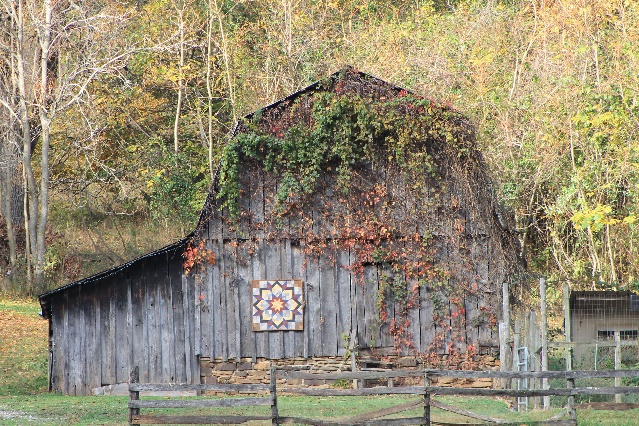 American farmer barns have become enduring symbols of hard work, self-sufficiency, and the American farming way of life. For many, these barns evoke a sense of nostalgia, representing a connection to the land and a bygone era of simpler, more agricultural living.
American farmer barns have become enduring symbols of hard work, self-sufficiency, and the American farming way of life. For many, these barns evoke a sense of nostalgia, representing a connection to the land and a bygone era of simpler, more agricultural living.
Studying old barns provides a window into the agricultural practices, craftsmanship, and community life of days gone by, offering a deeper understanding of our cultural heritage.
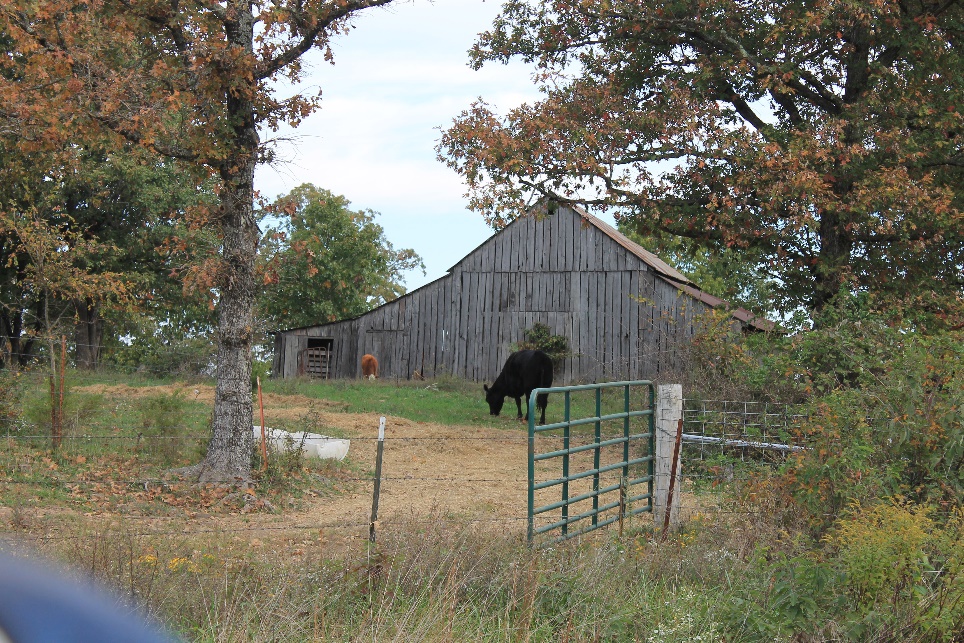
We hope you enjoyed this article and trip around barns and memory lane. If you have questions or if we featured your barn, we would love to talk with you and get your barn memories and history. We would like to feature some stories about our local NWA barn history.
